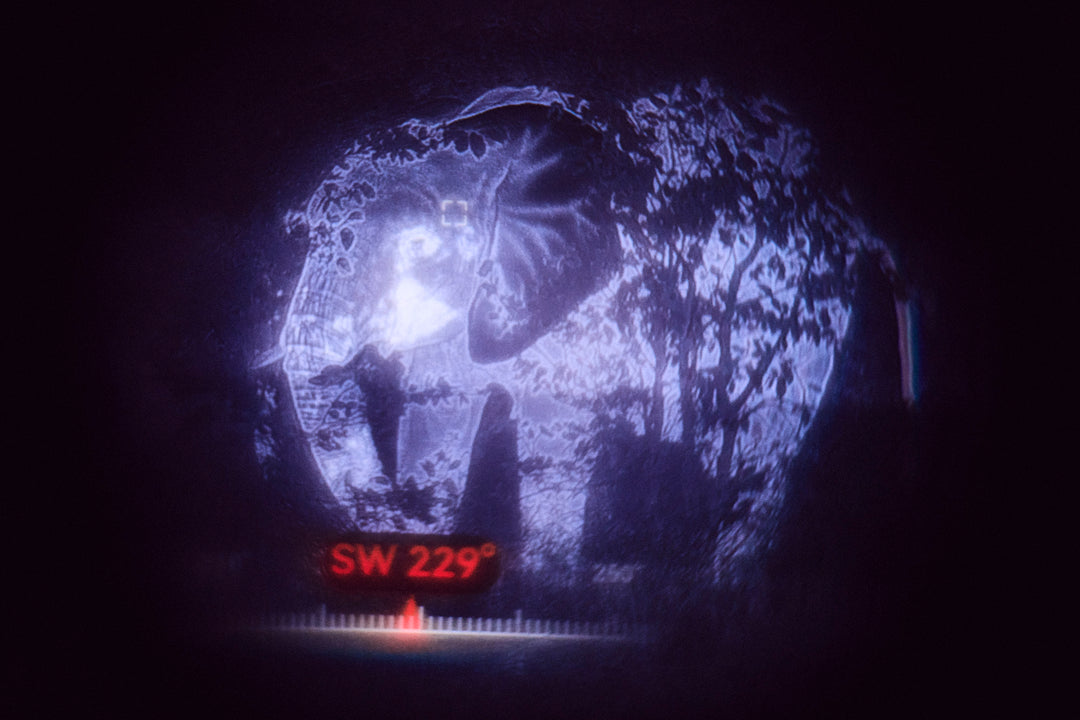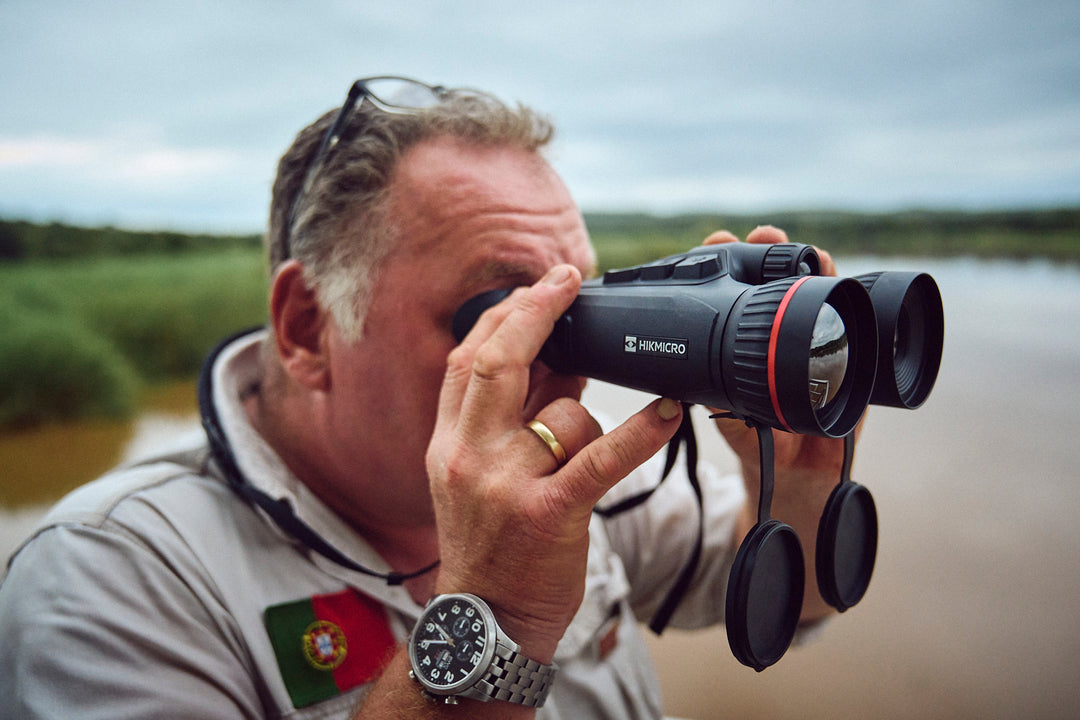"Authentic Desert Namibia"
Seven-day desert safari through the rocky and desert landscapes of the Khomas, Hardap and Erongo regions in central Namibia. In legendary ‘The Fifth Quarter style’, we follow in the footsteps of the San (Bushmen), the indigenous people of southern Africa, and their sustainable way of life. In spectacular landscapes, we merge with the desert fauna and flora and immerse ourselves deeply in the fascinating microcosm of the Namibian desert, the cradle of humanity.
Prices & dates at the bottom of this page




San
The hunter-gatherers known as the San (also called Bushmen) are among the oldest cultures on earth. The San were semi-nomadic and defined themselves as people who lived off the land without raising livestock. They settled seasonally and followed the availability of water, animals and edible plants. The San hunted exclusively with bows and arrows, never made weapons, and were peaceful, experienced hunters who have lived in southern Africa for over 25,000 years. They are considered the oldest people in the world.
With our 4x4 van, we follow their tracks, their history and their way of life.
Land of the moon
The Bushmen (San) live in harmony with nature and have a deep spiritual understanding of the connection between humans, nature and their deceased. For the San, creative energy emanates from the moon, to which their souls initially return after death. This supernatural energy is also represented in a mantis grasshopper (praying mantis) and appears in impressive size in the clear desert starry sky at one end of the Milky Way. We always have enough gin and tonic in our luggage to make this spectacular constellation visible... but it also works without it!



Bushman
In the mid-1990s, a white Namibian from Windhoek gave up his job as an insurance broker and turned his back on civilisation to live barefoot with nothing in the solitude and silence of the desert as a direct part of nature. The word ‘Namib’ means ‘nothing’. He initially lived as a desert guide in the Sossusvlei area and founded his company ‘Sossus on foot’ in 1996. His compatriots gave him the nickname ‘Bushman’. As such, he became a living legend and in 2004 acquired the abandoned desert farm ‘Cha-re’. He still lives there today with his Japanese wife Yuri and shares his immense knowledge of San culture and his own history with guests who find their way to him. ‘Bushman's Desert Camp’ is our base camp during ‘Authentic Desert Namibia’.
Bushmans desert cosmos

S23°37'31.5 E15°51'57.5
our base camp
Our base camp, the Bushman Desert Camp, is located approximately 230 km south-west of the capital Windhoek and approximately 230 km south-east of Swakopmund on the border of the Khomas and Erongo desert landscapes

Landscape formations in central Namibia
Rhinos
In Africa, white rhinos and black rhinos live in the bush and savannahs south of the Sahara. Rhinos are mostly solitary animals, especially the males. When they do occur in small herds, they are organised matriarchally. Rhinos are territorial animals and, like hippos, mark their territory with urine and faeces. Rhinos are very shy animals and avoid close contact with humans. They are active at dusk and at night. To protect rhinos from poachers, their horns, which are highly sought after by criminal organisations, are removed under strict regulations as a preventive measure.
Keep our rhinos horny!

horny encounters


Respect & distance
... and yet so close. The Fifth Quarter team is equipped with HIKmicro Habrok Pro HX60LN thermal imaging cameras, night vision devices and binoculars at all camps. This means you can observe animals not only during the day, but also in their natural, unobserved behaviour in the pitch-dark night. The thermal binoculars make animals visible even in daylight when we cannot see them with the naked eye due to their natural camouflage.

Sossusvlei & Sesriem
Surrounded by the orange-shimmering highest sand dunes in the world, the salt-clay pans ‘Sossusvlei’ and ‘Dead Vlei’ have been a UNESCO World Heritage Site since 2013. The dead, mummified-looking camel thorn trees are characteristic of Dead Vlei and give it its name. The nearby Sesriem Canyon has eaten its way up to 30 metres into the sedimentary rock of the Tsauchab riverbed over 2 million years. A fascinating stopover to witness the forces of nature.



salt-clay pan
Dead Vlei

Namib Sand Sea
Sossus Vlei
Desert Cooking
As in all our camps, authentic outdoor cooking, known as ‘braai’, is the order of the day – meals are prepared almost exclusively over an open wood fire. Regional meat, game, fish and vegetables from local farms are prepared traditionally every day, all accompanied by a magnificent variety of wines from the Cape Wine Kingdom and South African fynbos gins.
logfire food im Camp
Our AUTHENTIC DESERT NAMIBIA safari camp takes place on fixed dates, but can also be booked individually for private groups.
€3,495 per person, all inclusive (excluding flights), transport, accommodation, all meals & drinks ‘unlimited’, private driver, game drives, airport service in Windhoek.
- own arrival in Windhoek.
We deliberately keep the group sizes small, max. 10 participants per group.
Minimum number of participants: 5 people. For up to 4 people, we charge €3,695 per person.
our next dates
All our trips can also be booked for individually tailored dates.
Authentic Desert Namibia
10. -17. Januar 2026
07. - 14. Februar 2026
24. Februar - 03. März 2026
19. - 26. Juli 2026
Contact/Enquiry/BookingAuthentic Desert Namibia
09. - 16. Januar 2027
16. - 23. Januar 2027
23. - 30. Januar 2027
30. Januar - 06. Februar 2027
06. - 13. Februar 2027
13. - 20. Februar 2027
17. -24. Juli 2027
Kontakt/Anfrage/Buchung





























